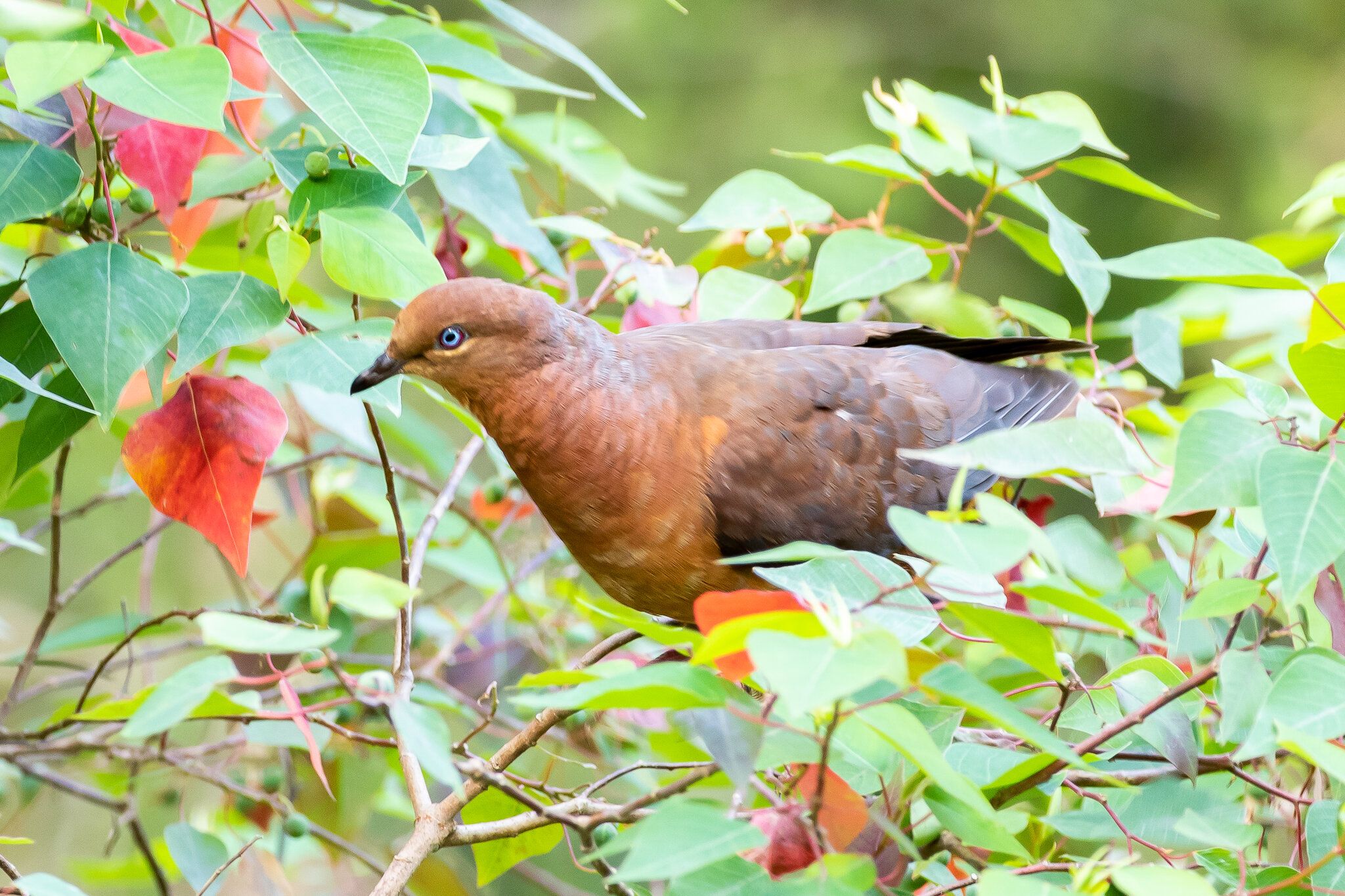Beef and dairy farming dominate the plains that border the Richmond River between Casino and Coraki in Northern New South Wales. The original bush cover is represented by a few remnant stands and some roadside and riverside trees. There are many ponds and horseshoe lagoons, formed as the river meandered across the plains. Last week these had good populations of water birds, with woodland birds in the surrounds.
But the highlight was the sight of a Black Falcon. After hearing a strange and unknown call, the falcon emerged from high in a nearby tree, completing several tight circles and the chance of a photo.
Black Falcon photographed near Coraki in the Northern Rivers region of New South Wales, the large, easily visible feet, confirming its identity.




















